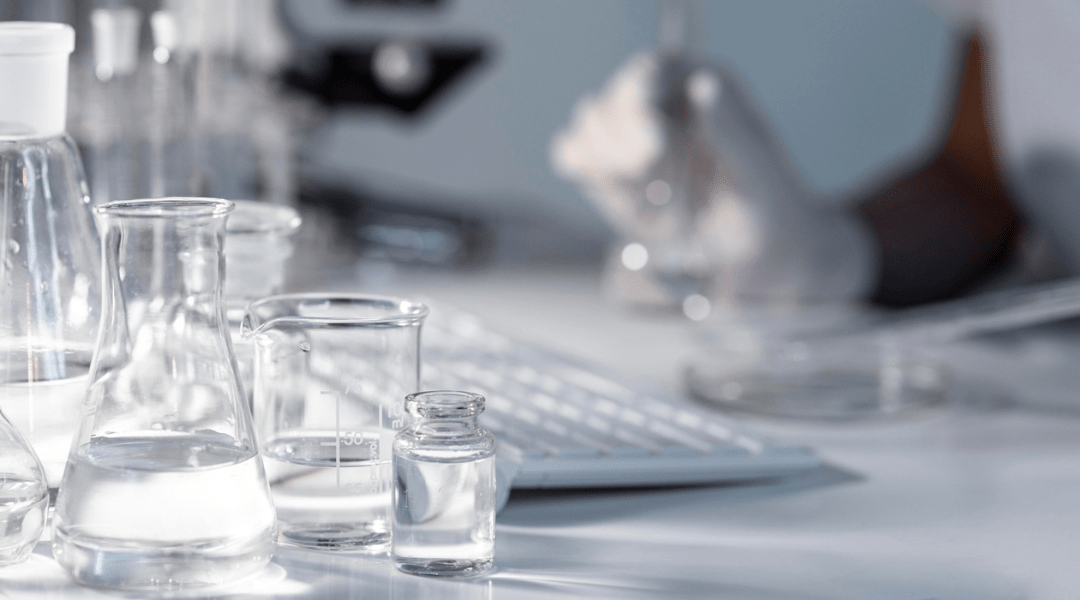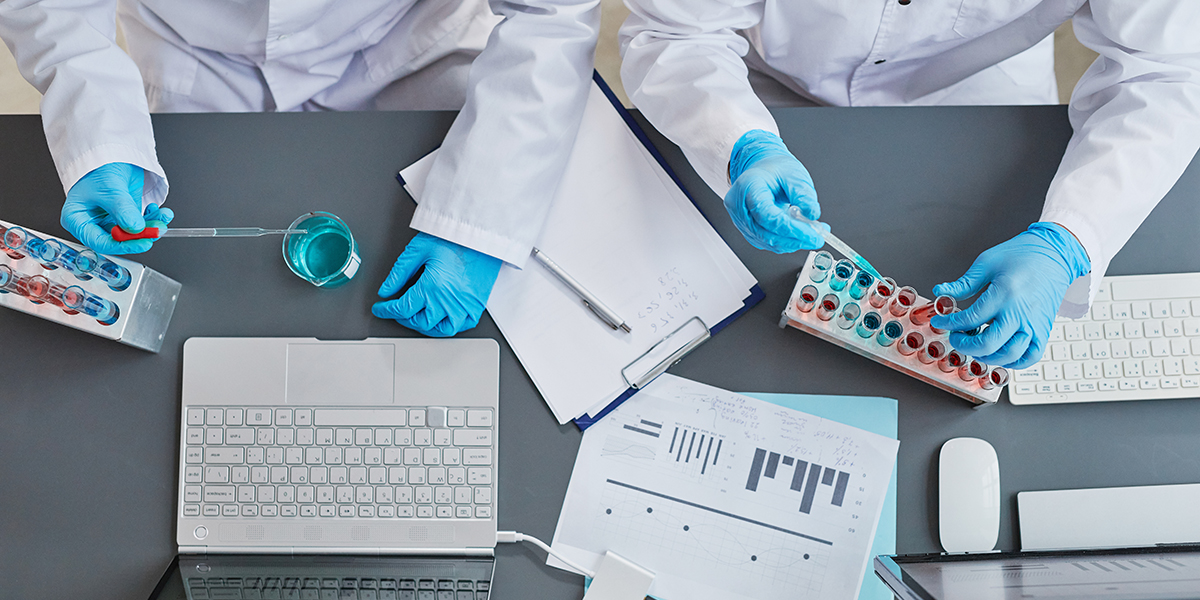Running an efficient lab isn’t just about having the right equipment or skilled staff—it’s also about keeping track of key lab metrics. By monitoring the right data, labs can improve accuracy, efficiency, and compliance while identifying areas for improvement. Here are nine essential lab metrics every lab should be tracking.
The Lab Metrics That Should be Tracked
1. Turnaround Time (TAT)
Turnaround time measures how long it takes to complete a test from sample arrival to final results. A consistently high TAT can signal workflow inefficiencies, staffing issues, or equipment bottlenecks.
2. Sample Throughput
Tracking the number of samples processed over a given period helps labs evaluate efficiency and identify trends that may require resource adjustments.
3. Instrument Utilization
Monitoring how often lab instruments are in use helps optimize scheduling so that critical equipment isn’t underutilized or overloaded.
4. Reagent and Supply Usage
Keeping track of reagent and supply consumption helps labs manage inventory, reduce waste, and avoid running out of essential materials.
5. Error Rate
Errors—whether in sample handling, testing, or reporting—can impact accuracy and compliance. Regularly reviewing error rates helps pinpoint weaknesses in lab processes.
6. Compliance and Quality Control Metrics
Labs must meet industry regulations and quality standards, such as ISO and EPA guidelines. Tracking quality control data guarantees compliance and helps maintain accreditation.
7. Equipment Downtime
Unplanned equipment downtime can disrupt operations. Tracking downtime helps identify maintenance needs and determine whether replacements or upgrades are necessary.
8. Customer Satisfaction
For labs serving external clients, tracking customer satisfaction through surveys or feedback can highlight service strengths and areas for improvement.
9. Data Integrity
Ensuring that lab data is accurate, traceable, and safe is critical for compliance and decision-making. Tracking data integrity metrics can prevent issues related to lost or compromised results.
The Role of LIMS in Lab Metrics
A Laboratory Information Management System (LIMS) plays a crucial role in helping labs track, manage, and optimize these essential metrics. By automating data collection, LIMS eliminates manual errors and ensures real-time monitoring of key performance indicators.
Improved Turnaround Time
LIMS streamlines workflows, reducing delays and enhancing efficiency.
Better Sample Tracking
Automated tracking minimizes lost or mislabeled samples, improving accuracy and throughput.
Enhanced Compliance
LIMS will help with adherence to industry regulations by maintaining detailed audit trails and quality control logs.
Optimized Resource Management
By tracking instrument usage and reagent consumption, LIMS helps labs reduce waste and allocate resources effectively.
Data Tracking
LIMS protects sensitive lab data through access controls and automatic backups.
Partner with BTSOFT for Advanced LIMS Solutions
BTSOFT provides specialized laboratory informatics solutions that help labs streamline workflows, enhance data accuracy, and meet compliance requirements. Our LIMS solutions are designed to optimize lab performance, reduce manual errors, and improve overall efficiency.
Labs looking to improve their processes need reliable data management solutions. Reach out to BTSOFT to see how our LIMS can help you track essential lab metrics, automate workflows, and achieve operational excellence.





